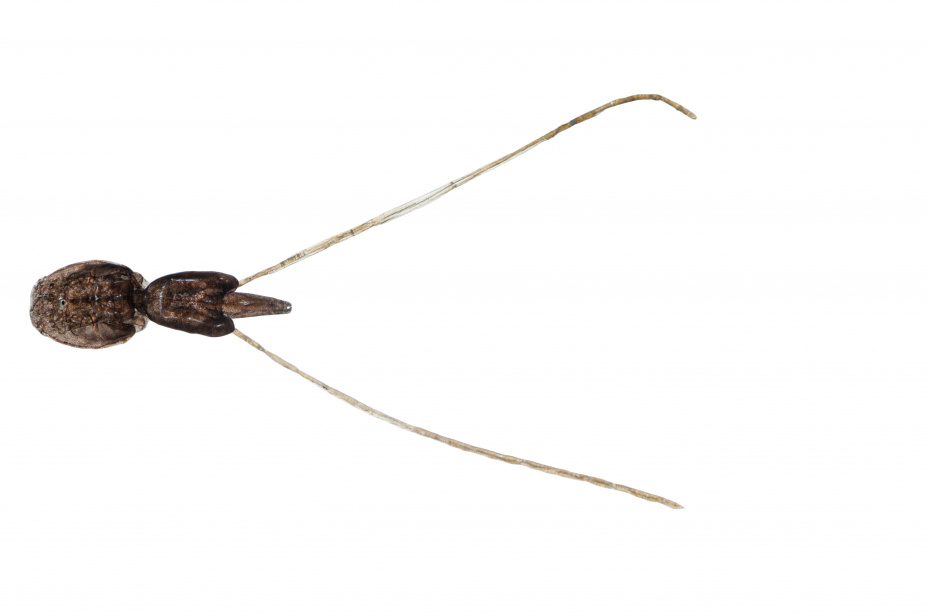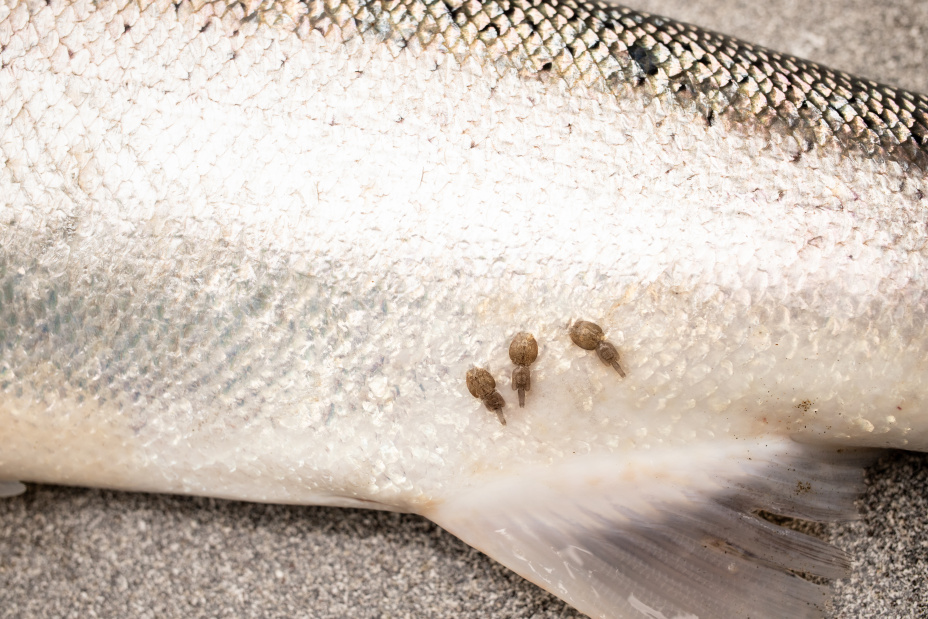A winning combination for more sustainable aquaculture

Sea lice are a challenge in many aquaculture systems, especially cage culture salmon farms. Hydrogen peroxide (H2O2) is a very useful tool in managing infestations. But H2O2 residues can pose a risk to marine environments. An innovative management strategy combines H2O2 with enzymatic clean up and acoustic technology. It recently won a major sustainable aquaculture competition.
Approximately three billion people currently rely on fish as their primary source of protein. As the world’s population continues to grow, aquaculture will play a critical role in meeting nutritional needs. Fish farming generally has a smaller climate and environmental footprint than livestock farming. The industry faces challenges however, one example of which is outbreaks of sea lice (Lepeophtheirus salmonis).
Devastating economic and animal welfare impacts

This parasite is estimated to inflict annual losses of between €366m and €549m on the global salmon farming industry. Sea lice are crustaceans that find and attach to a fish host in their larval phase. While this can be difficult in the wild, it’s much easier in densely-populated fish farms. That leads to the risk of booming populations of sea lice in aquaculture settings, and especially in cage-culture salmon farms. While the lice pose no threat to humans, they cause unsightly lesions as they feed on the skin and blood of the fish. That lowers the salmon’s market value, leading to significant financial losses. The animal welfare impacts of infestations can also be devastating. Sea lice cause physical harm and stress. The lesions they inflict can lead to secondary infections.
How hydrogen peroxide helps control sea lice in fish farms
There are a range of measures available to fish farms to control sea lice. Hydrogen peroxide (H2O2) is one of the key tools at their disposal. Sea lice use suction to stick to their salmon hosts. There are enzymes called catalases naturally present in the tissues of a sea louse. Catalases break down H2O2 into oxygen (O2) and water (H2O). The H2O2 bath treatments used in aquaculture immerse the fish in an H2O2 solution. That gives the catalases in the sea lice time to react with and break down the H2O2. The gaseous bubbles that result from the reaction within the sea lice damage and weaken them. That means they can no longer maintain suction and lose their grip on their host fish.
H2O2 in aquaculture – from peak use to falling demand
Once the bath treatment is complete, farms release the residual H2O2 into the open sea. This practice is generally considered to be low-risk, as H2O2 naturally degrades to water and oxygen after some time. The benefits of H2O2 treatments have led to its widespread adoption since its introduction in the early 1990s. H2O2 reached peak use in 2015. In that year in Norway alone, farms used a total of 43,200MT, according to a recent scientific paper. But since then, a number of factors have led to a decline in its use. Key among these are sea lice resistance and increasing concerns about the impact of residual H2O2 levels on the marine environment.
Catalases – part of a winning solution
The catalases that play a key role in H2O2 treatments are a potential solution to the problem of residual H2O2 entering the marine environment. Catalases are found throughout nature. They’re present in most living organisms that grow in the presence of oxygen. For decades, industrial enzyme producers have harnessed their power to help the textile industry clean up residual bleach. They’re also used to clean-up residues of the H2O2 used in cheese making. Now, they’re being put to good use in an innovative sea lice treatment that’s won €1.277m in funding from a scheme to support sustainable aquaculture. The triple-impact treatment combines Pulcea’s acoustic technology, Aqua Pharma’s hydrogen peroxide treatment and Novozymes catalase H2O2 clean-up technology. The result is highly efficient yet gentle sea lice removal that’s suitable for use even in environmentally sensitive areas.
Boost the sustainability of bath treatments

Boost the sustainability of bath treatments
Our easy-to-implement catalase solution is suited to H2O2 clean up in both combined and stand-alone treatments.